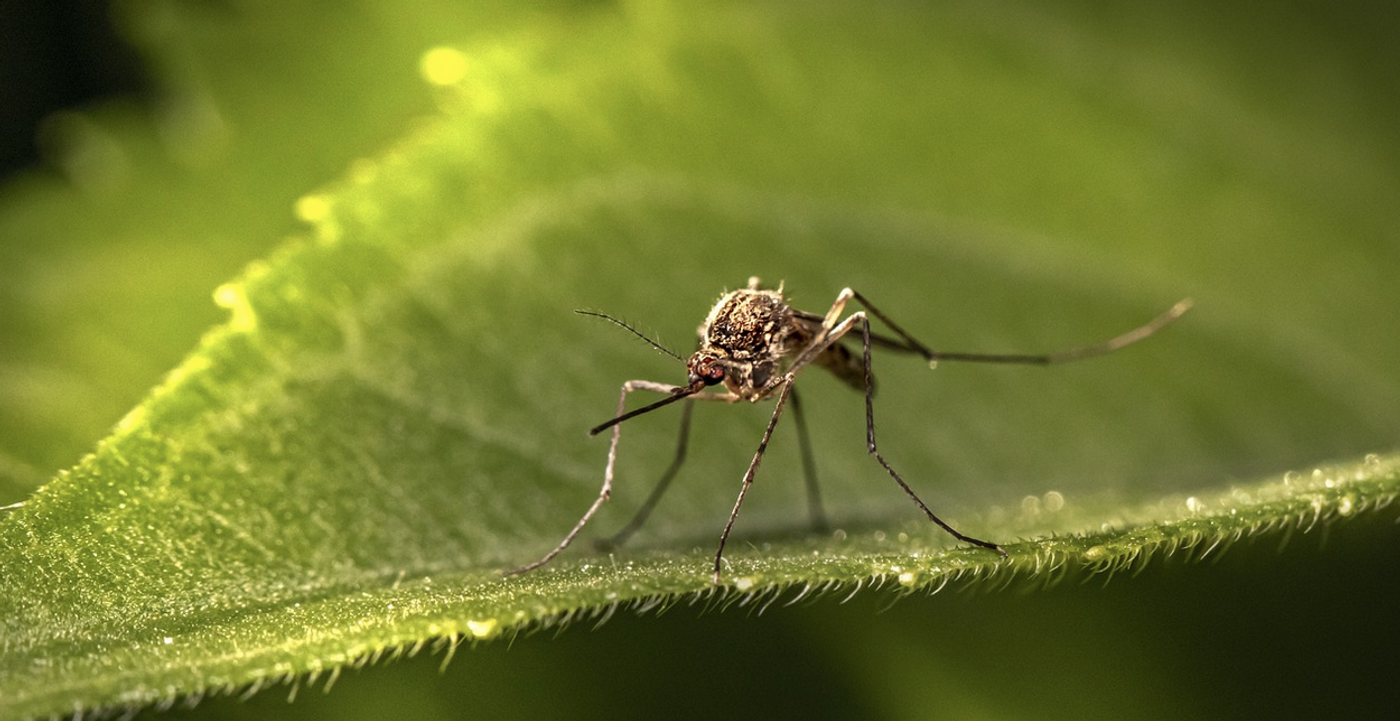Second Most Common Malaria Parasite is an Underappreciated Threat
Malaria is the most common infectious disease in the world, and infected over 225 million people in 2019 according to the World Health Organization. A majority of cases occur in a handful of countries, like India, Pakistan, and Ethiopia. Mosquitoes transmit the disease, which is caused by one of five parasites, which are all in the Plasmodium genus. Most cases of malaria that are reported are due to Plasmodium falciparum, which is estimated to caused about 193.5 million cases a year. But in a new study in PLOS Medicine, researchers are warning that another related parasite, Plasmodium vivax (P. vivax) is causing many infections, and is a serious burden on public health around the world. These infections are to blame for subtle, but widespread harm, the study suggested.
P. vivax is estimated to be to blame for about 14.3 million cases a year. The parasites may cause chronic infections, which are thought to be common in communities that lack sufficient resources and are burdened by multiple health challenges. This study noted that recent research has found that P. falciparum can lead to the death of a patient within only two weeks of their diagnosis, but P. vivax infections are twice as likely to cause death over a longer period, and when people are exposed repeatedly, their chronic infection can damage their kidneys, circulatory system, or brain. P. vivax can also hang out in the body at low levels, remaining undetected because it doesn't cause symptoms; but it can spread.
It had been thought that in Sub-Saharan Africa, populations that lacked a molecule called the Duffy antigen on their red blood cells would be immune to P. vivax infections; the parasite uses the Duffy antigen to infect cells. But research has shown that the infection is actually common in the region. Some individuals that live in the area also carry genetic variants that can impede the treatment of P. vivax infections. These cases also have to be treated in a different way than P. falciparum infections. Thus, several influences have made it difficult to gauge the rate of P. vivax infections or stop them from spreading more.
“Blood smears from patients suffering acute vivax malaria do not suffice to measure global burdens of this infection. The parasite finds refuge in deeper organs where the harm done is more subtle but nonetheless substantial," noted review co-author Kevin Baird of the Eijkman-Oxford Clinical Research Unit in Indonesia.
The authors noted that new strategies aimed specifically at understanding the extent of P. vivax, or how to treat and control it, will be necessary.
Sources: PLOS, PLOS Medicine









